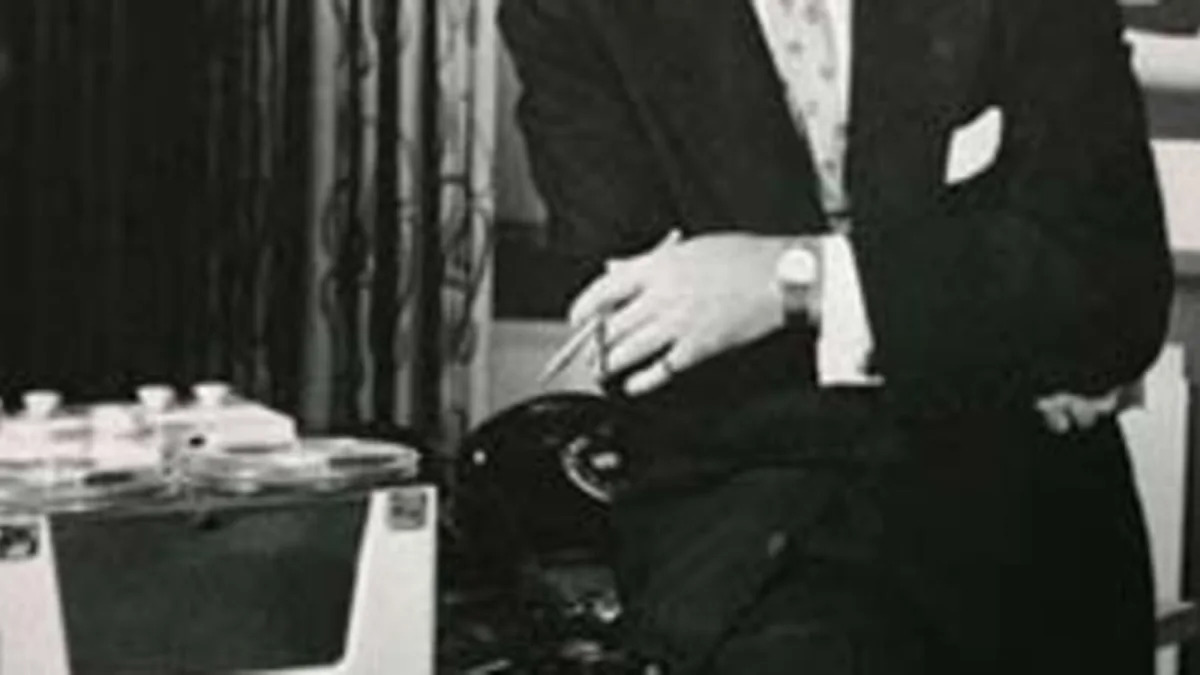Designers tend to be forward-thinking people, and Brooks Stevens was one of the most clever, visionary car designers ever. In December 1942, Stevens imagined for Popular Mechanics magazine what the consumer auto market might evolve into after World War II.
The wartime focus was on sacrifice to feed the hungry furnaces of industry churning out tanks, armaments, ships, and aircraft, and that likely colored Stevens' opinion that Americans were going to lean toward smaller, more efficient vehicles. The explosion of ever more gaudy designs throughout the 1950s was likely a result of the austerity required to stamp out fascism. Stevens did understand the civilian appeal of the Jeep, and rightly suggested that it would make the transition to desirable consumer vehicle.
The Corvair was perhaps the ultimate expression of the auto ideals of the 1930s with its rear-mounted air-cooled engine, and it's just the type of car that Mr. Stevens thought would take hold in America. Perhaps he was surprised at how reality received the kind of family car he considered in the 1940s. While he may have missed the mark on the Corvair, misjudging the effect of heart-versus-head when consumers consider cars, Stevens was accurate suggesting the proliferation of wraparound glass, bodies without separate fenders and even the way the eventual re-starting of production would ultimately happen, with carryover designs being the first cars to go on sale after wartime production finished.
There's more, of course, like some soothsaying about plastics in automotive use, and it's a fascinating signpost in automotive history. It's tough to read what Brooks Stevens thought about the eventual cars of the 1950s and not try to imagine what he might say about the actual automobiles of the 21st century.
The wartime focus was on sacrifice to feed the hungry furnaces of industry churning out tanks, armaments, ships, and aircraft, and that likely colored Stevens' opinion that Americans were going to lean toward smaller, more efficient vehicles. The explosion of ever more gaudy designs throughout the 1950s was likely a result of the austerity required to stamp out fascism. Stevens did understand the civilian appeal of the Jeep, and rightly suggested that it would make the transition to desirable consumer vehicle.
The Corvair was perhaps the ultimate expression of the auto ideals of the 1930s with its rear-mounted air-cooled engine, and it's just the type of car that Mr. Stevens thought would take hold in America. Perhaps he was surprised at how reality received the kind of family car he considered in the 1940s. While he may have missed the mark on the Corvair, misjudging the effect of heart-versus-head when consumers consider cars, Stevens was accurate suggesting the proliferation of wraparound glass, bodies without separate fenders and even the way the eventual re-starting of production would ultimately happen, with carryover designs being the first cars to go on sale after wartime production finished.
There's more, of course, like some soothsaying about plastics in automotive use, and it's a fascinating signpost in automotive history. It's tough to read what Brooks Stevens thought about the eventual cars of the 1950s and not try to imagine what he might say about the actual automobiles of the 21st century.


Sign in to post
Please sign in to leave a comment.
Continue